Download DaPIS v.3.0
Redesigned by Chiara Cavazzuti in May 2021.
Processing purposes

Security purposes
Some data are necessary to resist harmful events that compromise the data or the security of the systems
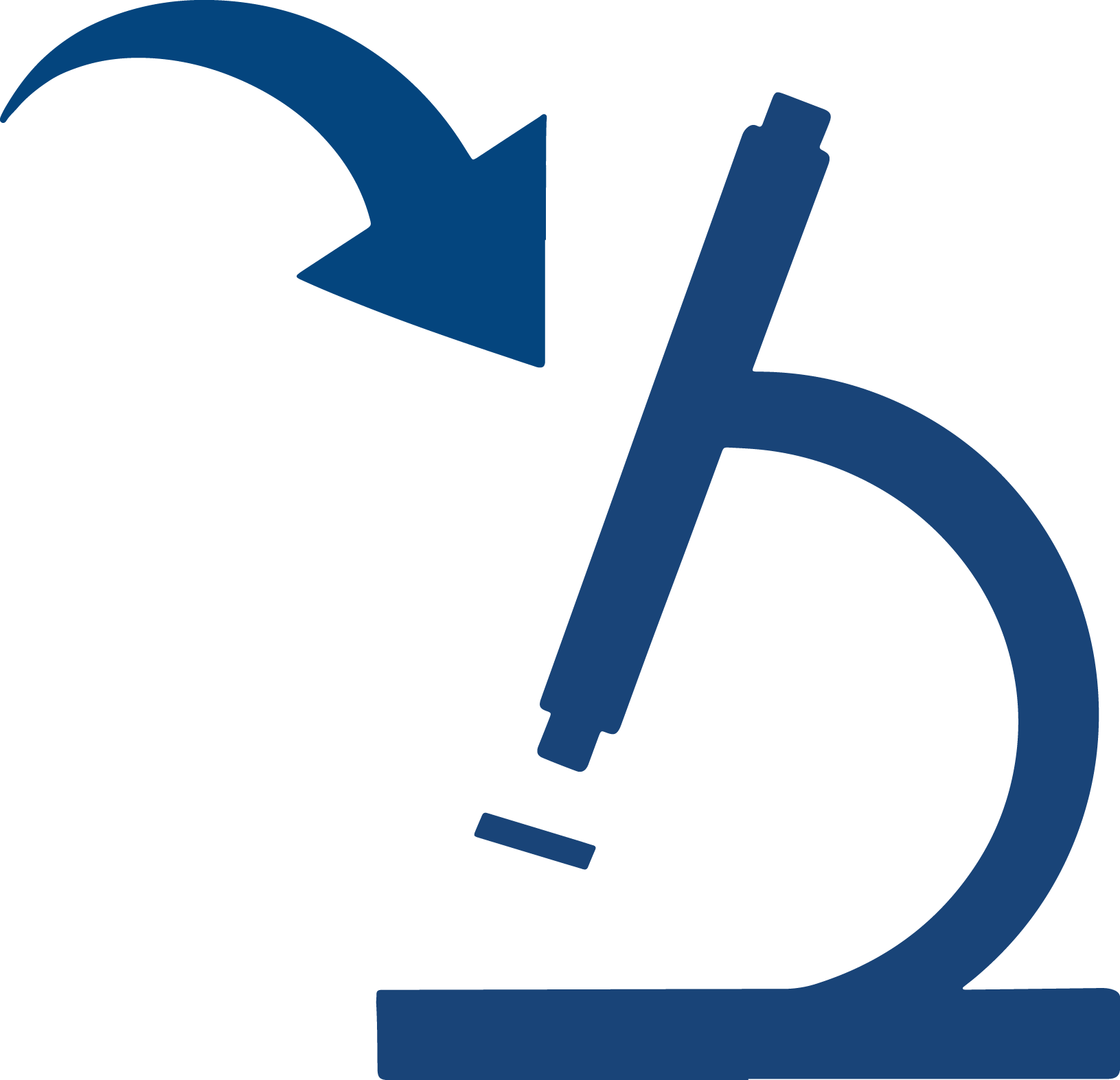
Research purposes
Some data can be used for scientific research

Statistical purposes
In some cases, the data can be used to make statistical studies

Marketing purposes
Some data are used to directly communicate with people to acquire new customers, retain them and possibly recover them

Purpose of service provision
Some data is necessary to provide a service

Purpose of service enhancement
Some data can be analyzed to improve the service
Legal bases

Consent
The authorization of the data subject to the processing of his data

Contract
An agreement that establishes a legal relationship between two parties

Legal obligation
This is an obligation dictated by law

Public interest
This is the interest of a community of individuals

Vital interest
This is a matter of life or death

Legitimate interest
The reason that justifies the processing by the data controller and that prevails over the rights of the data subject
Types of personal data

Personal data
Information relating to an identifiable person

Anonymized data
From the data, one can not identify the data subject anymore

Pseudonymized data
From the data, one can only identify the data subject by integrating additional information
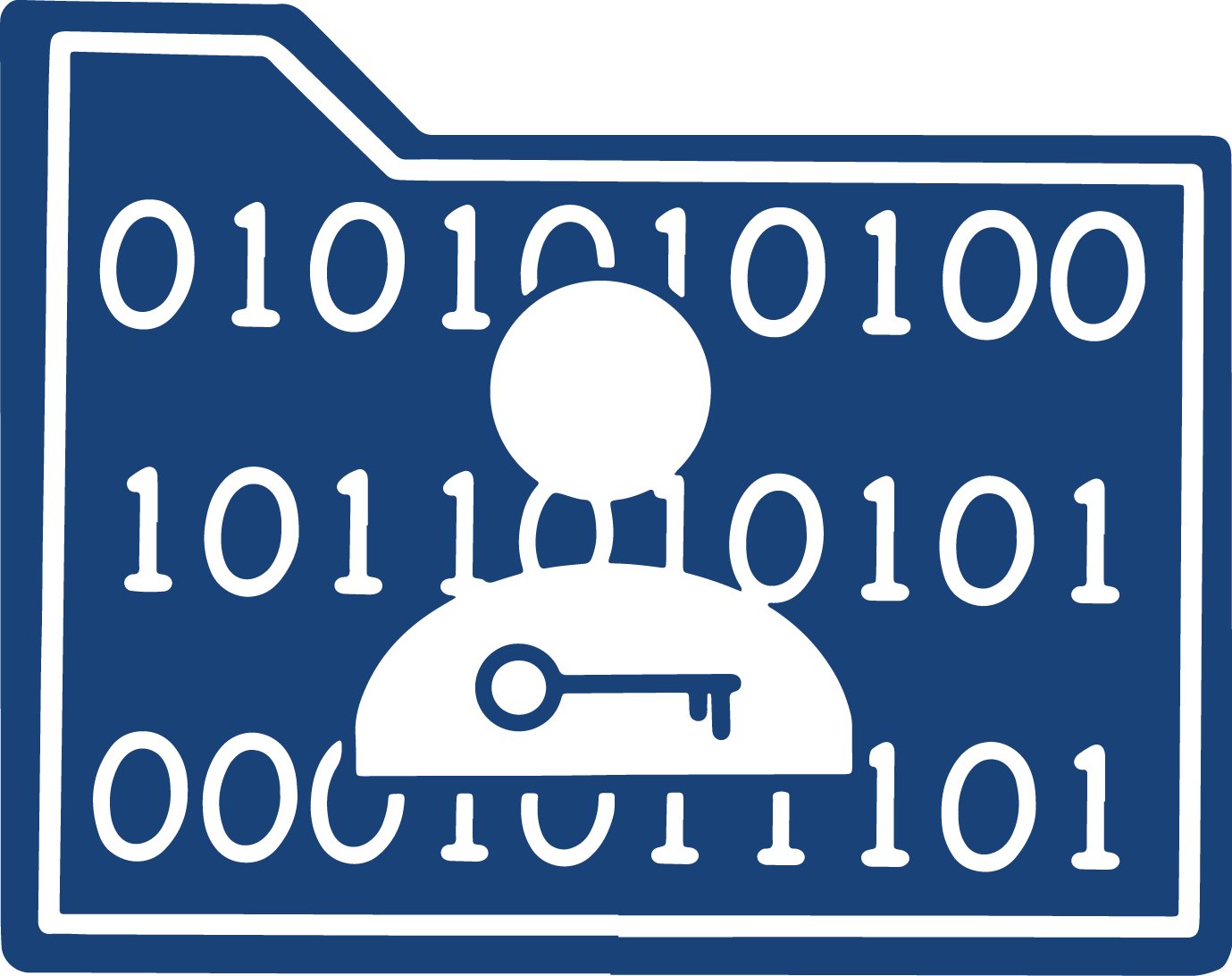
Encrypted data
Data are secured by transforming them into incomprehensible code. They can be accessed only with the “key”
Rights of the data subject

Right to be informed
The data subject has the right to know who does what with his data and how

Right of access
The data subject has the right to know which of his data are in the hands of an organization

Right to rectification
The data subject has the right to request that his data are corrected or updated if inaccurate and that they are integrated if incomplete.

Right of erasure
The data subject has the right to request that his data be deleted, but only in some cases

Right to restrict the processing
In some cases, the data subject has the right to request his data to be used only for certain reasons

Right to data portability
The data subject has the right to request the transfer of his data from an organization to another

Right to object to processing
The data subject has the right to request that his data be deleted, but only in some cases

Right to lodge a complaint to a supervisory authority
The data subject has the right to complain to the national data protection authority if he believes that his data has been processed in a manner that does not comply with the law

Right to withdraw consent
The data subject has the right to withdraw the consent that he previously gave for the processing of his dat
Types of processing

Copying
Data are duplicated

Profiling
An automated process that evaluates or predicts certain aspects of a person based on his data
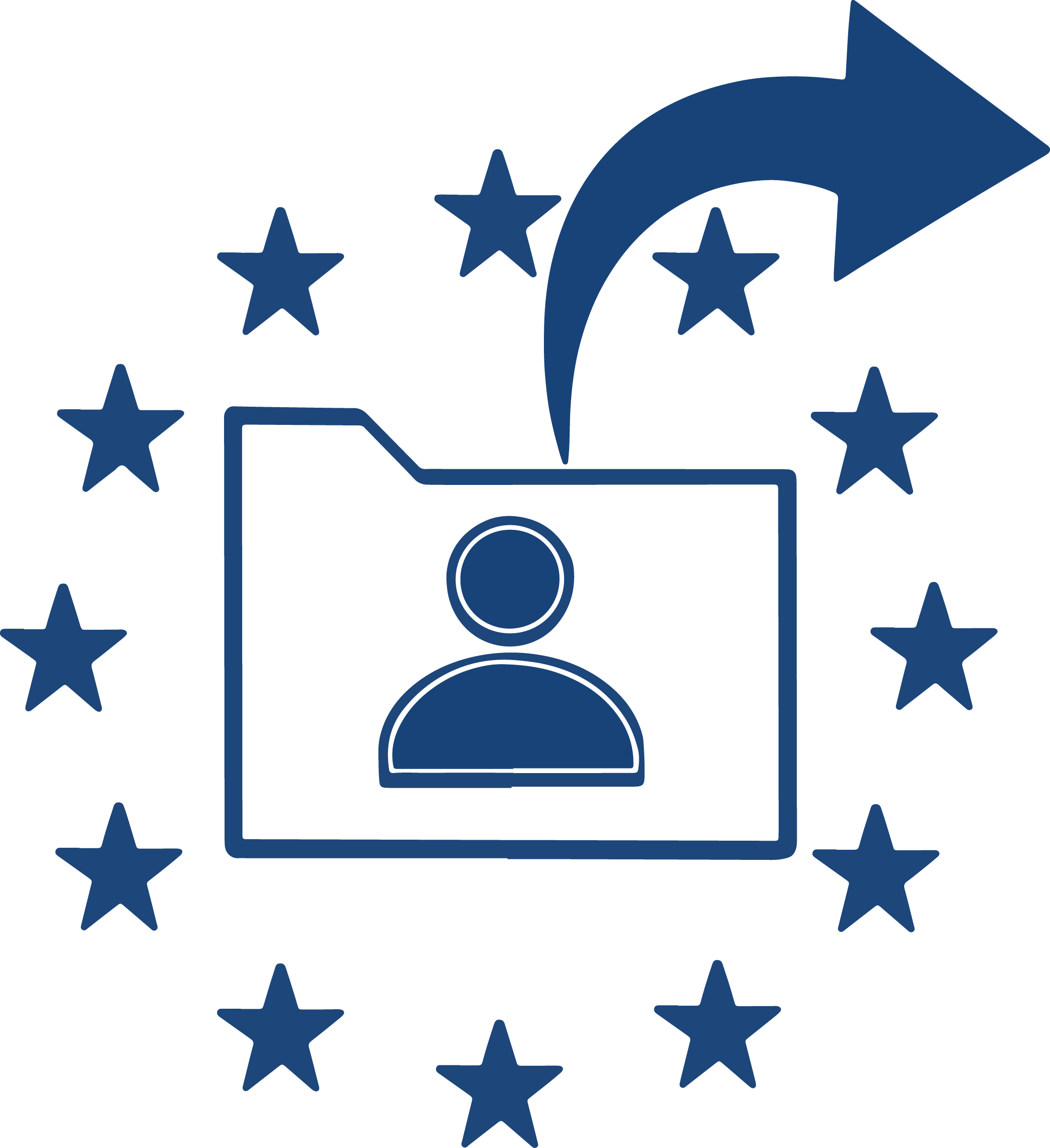
Transfer outside of the EU
Data are transferred to countries outside the European Union

Processing inside of the EU
Data are processed within the borders of the European Union
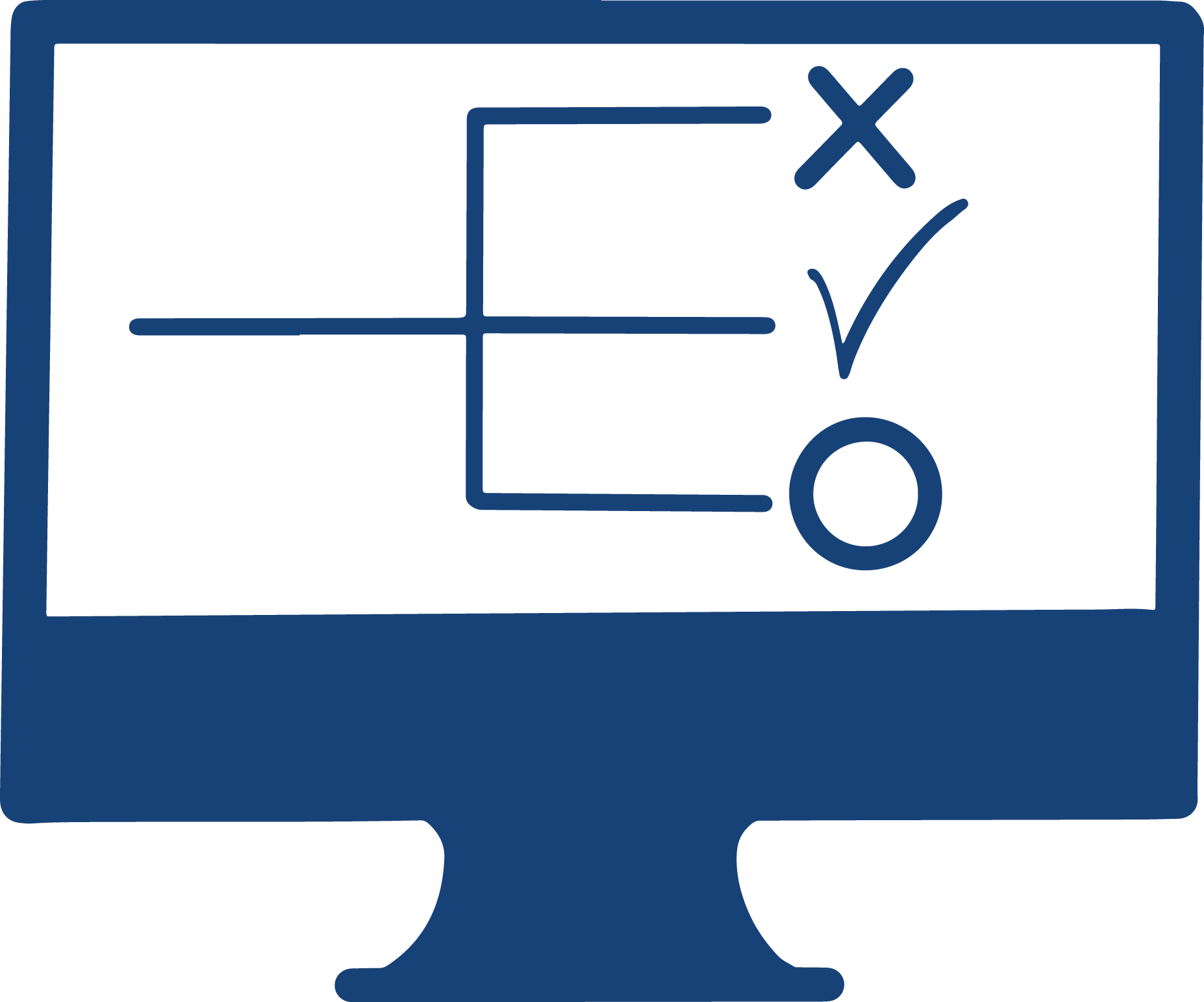
Automated decision-making
A decision is taken by an algorithm without human intervention
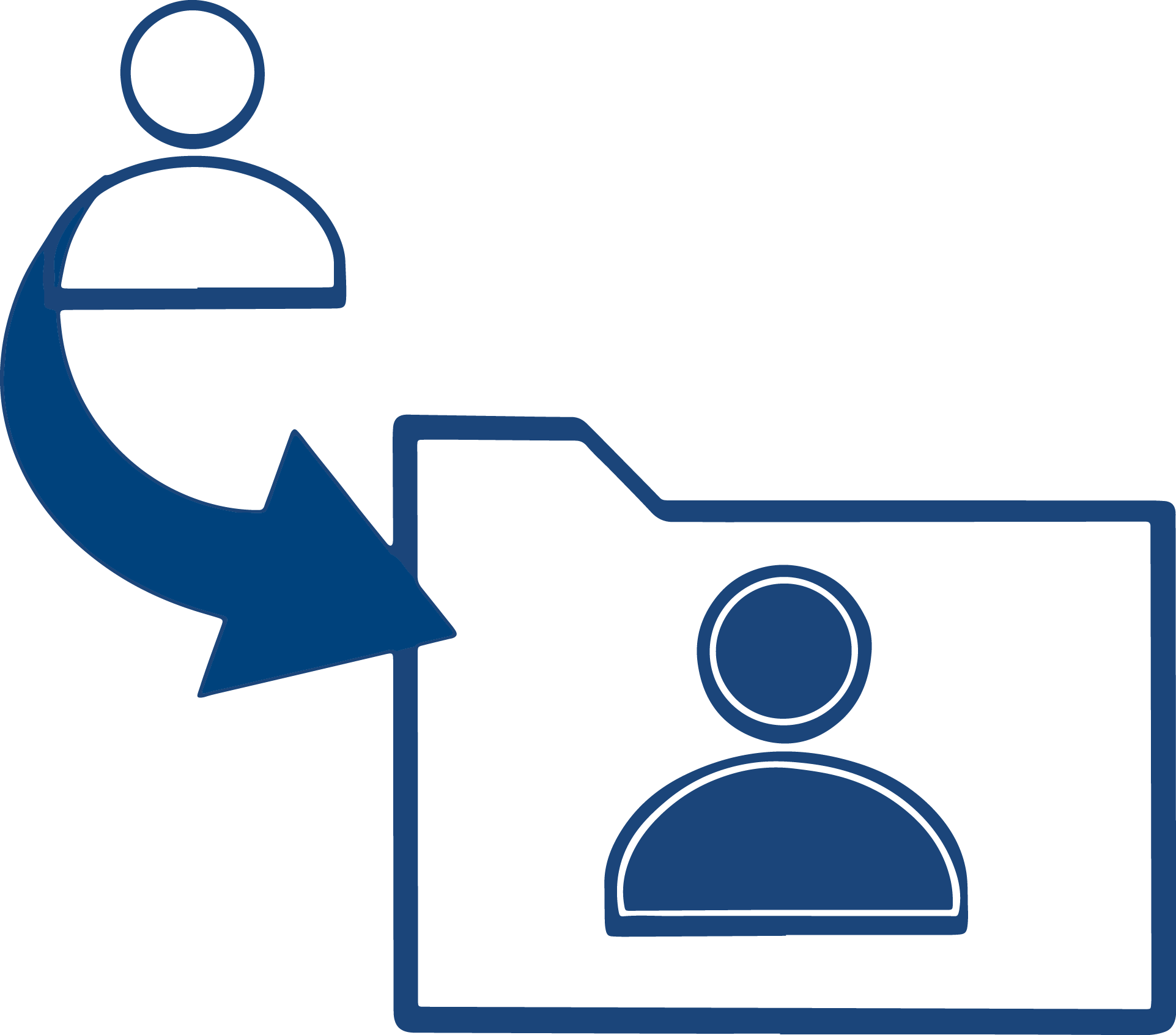
Direct data collection
Data are collected directly from the data subject
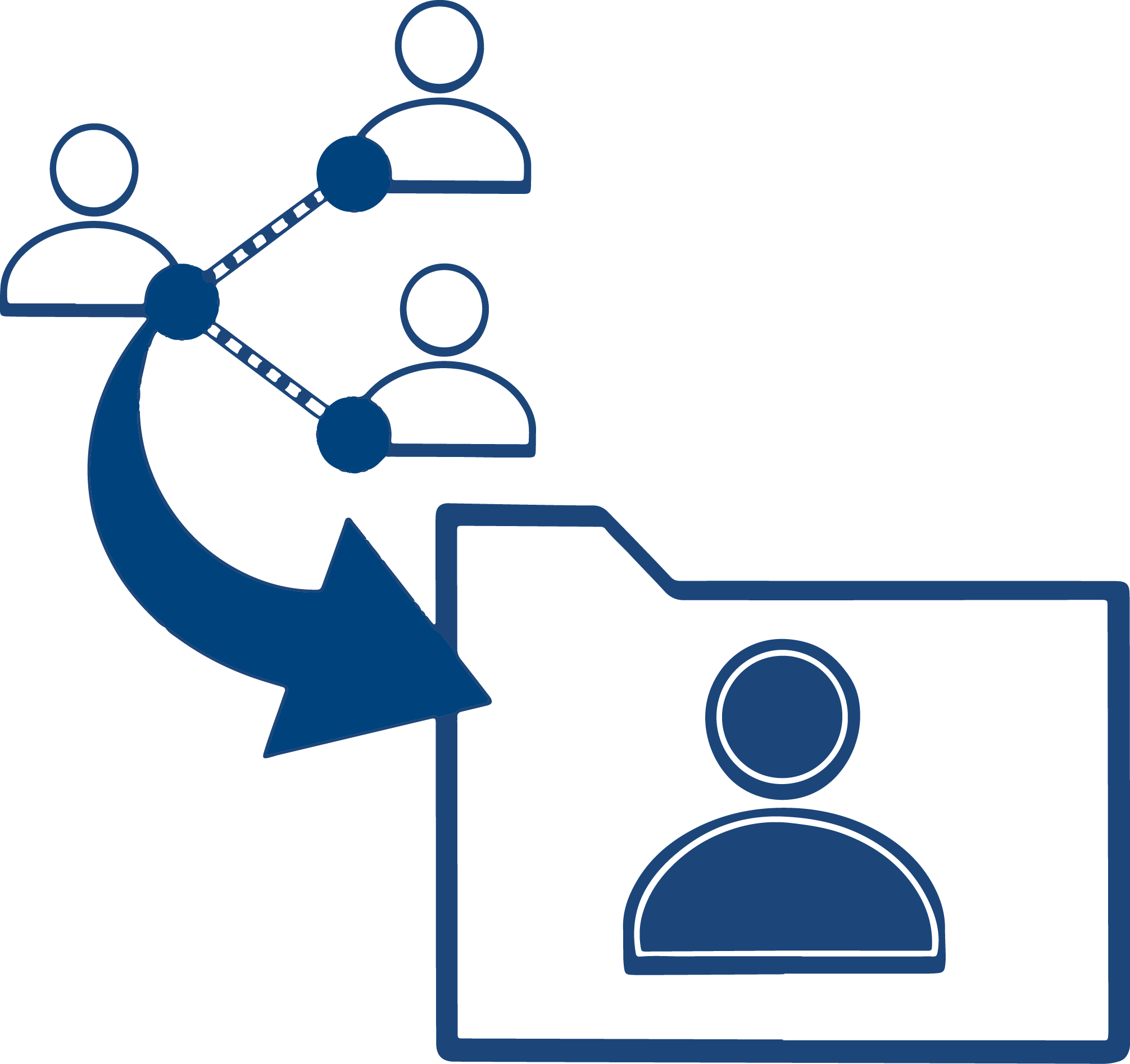
Data collection from third parties
Data are collected indirectly from third parties

Automated data collection
Date are collected in an automated way
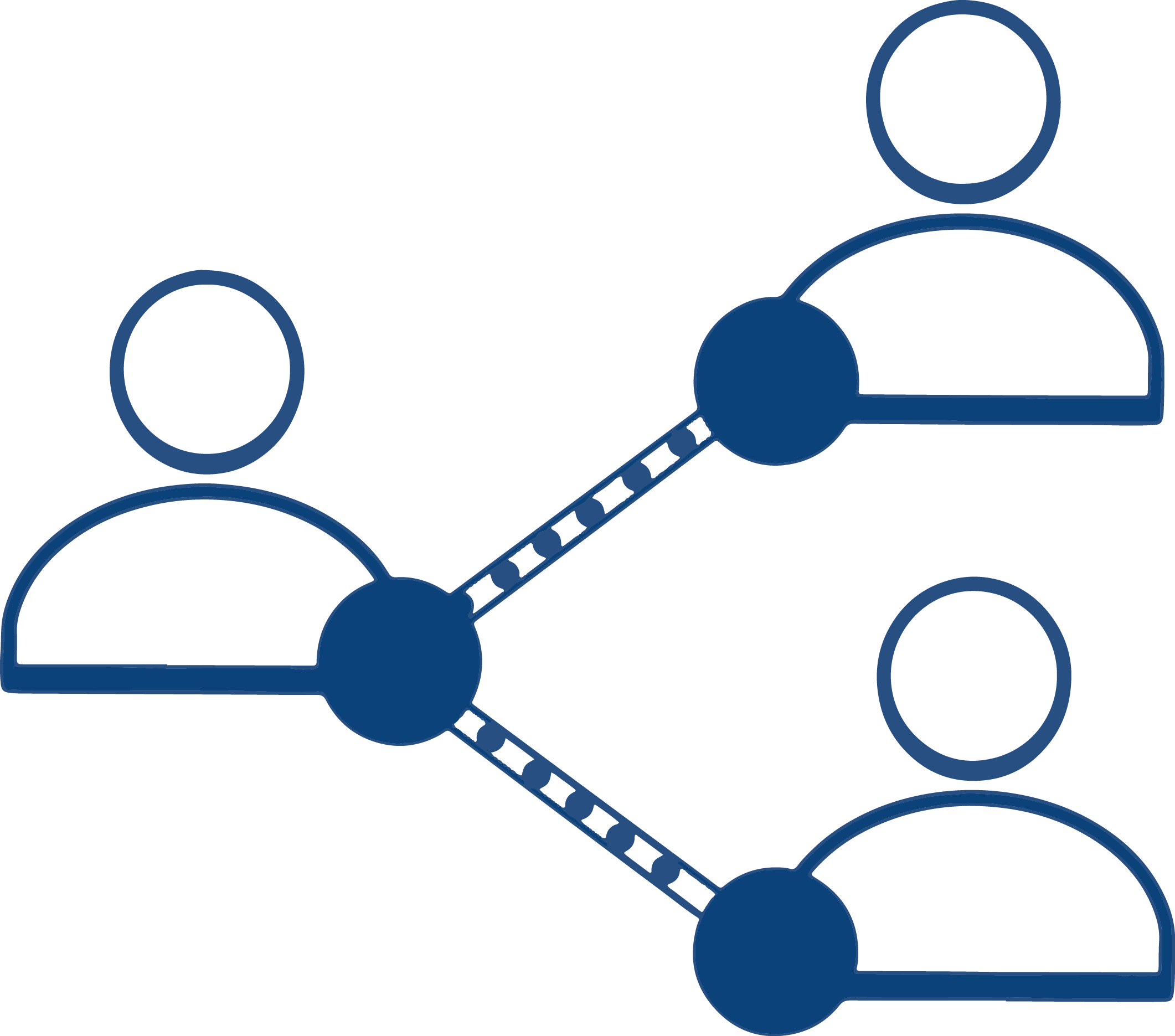
Sharing with third parties
Data are transmitted to other subjects who are neither the data controller nor the data processors
Roles

Data subject
The person to whom the personal data refer

Data controller
The organization that collects the data and decides their use

Supervisory authority
The national authority that controls if personal data are processed lawfully

Child
People younger than 16